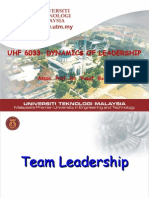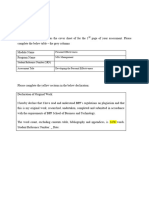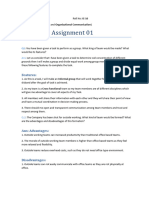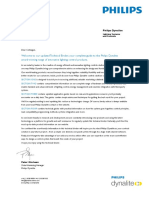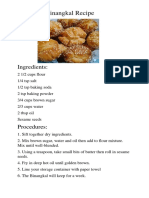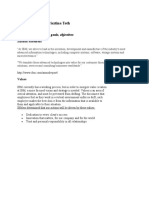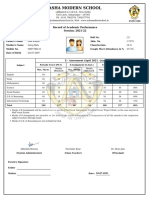0% found this document useful (0 votes)
12 views3 pagesGdo Assignment
The document discusses the formation and functioning of a cross-functional team tasked with organizing a blood donation drive, highlighting challenges such as role confusion and communication gaps. It emphasizes the importance of strong leadership and diverse perspectives in overcoming these challenges and improving collaboration. To enhance team effectiveness, it suggests clarifying roles, strengthening communication, utilizing team diversity, ensuring clear leadership, building trust, and adapting to different work styles.
Uploaded by
nksingh442005Copyright
© © All Rights Reserved
We take content rights seriously. If you suspect this is your content, claim it here.
Available Formats
Download as PDF, TXT or read online on Scribd
0% found this document useful (0 votes)
12 views3 pagesGdo Assignment
The document discusses the formation and functioning of a cross-functional team tasked with organizing a blood donation drive, highlighting challenges such as role confusion and communication gaps. It emphasizes the importance of strong leadership and diverse perspectives in overcoming these challenges and improving collaboration. To enhance team effectiveness, it suggests clarifying roles, strengthening communication, utilizing team diversity, ensuring clear leadership, building trust, and adapting to different work styles.
Uploaded by
nksingh442005Copyright
© © All Rights Reserved
We take content rights seriously. If you suspect this is your content, claim it here.
Available Formats
Download as PDF, TXT or read online on Scribd
/ 3





































